Rajshahi, July 10 (V7N) – Despite the roadside message "Better late than never," drivers along the Rajshahi–Kesharhat highway appear to follow the opposite logic. A 19-kilometer stretch of road—from Rajshahi city’s rail crossing through Amchattar to Kesharhat in Mohanpur upazila—has become a hotspot for reckless driving and frequent road accidents.
According to data collected from local police stations, fire services, intelligence sources, and residents, 39 accidents occurred on this route over the past three months, injuring 47 people and claiming 17 lives. The majority of the fatal incidents involved motorcycles, with overspeeding and wrong-way driving being among the main causes.
A recent fatality highlighted the dangers: Mahbubur Rahman (65), a former security in-charge at the Civil Aviation Authority, died after falling onto the road when a Mahindra vehicle struck him in front of Shah Makhdum Airport. He was run over by a truck moments later. Speaking to reporters, his son-in-law, Dr. Abdul Momin, said, “No family should have to endure a road death. We demand speed control devices and strict enforcement of traffic laws.”
The most accident-prone points along the route include Naodapara Postal Academy, the front of Islami Medical College Hospital at Amchattar, Bhugrail in Paba upazila, Shah Makhdum Airport area, Naohata College junction, Rahman and Aman Cold Storages, Vidipur and Trimohini Bazar in Mohanpur, and Kesharhat Bazar.
Locals report that although the road was expanded for smoother travel, it has instead encouraged speeding. The road passes through mostly rural areas, and three-wheeled vehicles, tractors, auto-vans, and even rickshaws—many of which are officially banned on highways—are commonly seen. Young riders, often underage, drive motorcycles at dangerously high speeds.
Many drivers, police say, routinely ignore traffic rules. Wrong-way driving for personal convenience is widespread and a key cause of accidents.
Minarul Islam, a grocery shop owner who has been operating near the Shah Makhdum Airport for six years, noted, “When this road was just two lanes, accidents were rare. Now that it's wider, speeding is out of control. We’ve seen riders crash into dividers and die instantly. Overspeeding must be addressed first.”
Authorities confirm that poor pedestrian infrastructure—such as the lack of zebra crossings—and inadequate public awareness contribute significantly to the high number of accidents.
Waliullah Babu, former vice-president of the Rajshahi chapter of Safe Roads Movement, stressed the need for collective responsibility: “Drivers and pedestrians alike must act with awareness. Government officials responsible for road safety often fall short. Only through a joint effort can we reduce these preventable deaths.”
Rajshahi Metropolitan Police (RMP) officials say they are actively working to improve road safety. RMP Additional Deputy Commissioner (Media) Rakibul Hasan said, “The road from Rajshahi to Kesharhat passes through busy zones and marketplaces, including the newly opened Damkura cattle market. We’ve held awareness meetings and seminars with drivers, owners, and union members. Patrol units are working to prevent illegal roadside parking.”
Meanwhile, RMP’s Deputy Commissioner (Traffic) Md. Nur Alam Siddiqui acknowledged ongoing challenges, especially due to flyover construction at the city’s rail gate, which has narrowed traffic to a single lane. “We’ve marked areas like Islami Medical College to control speeding, and regular traffic enforcement campaigns are in place against rule violators,” he said.
This stretch of highway, intended to ease transportation, has instead become a corridor of risk. Without strict enforcement, infrastructure upgrades, and broad public awareness, the death toll is likely to keep rising.
END/MRA/SMA/



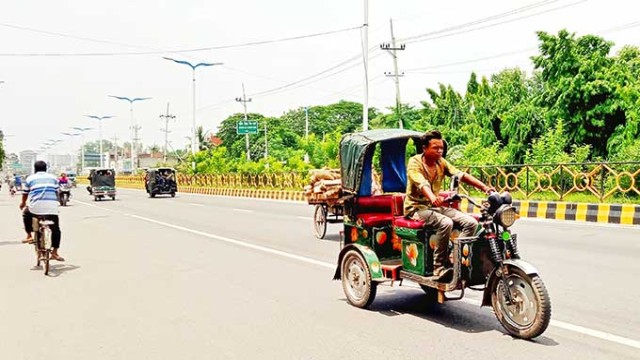
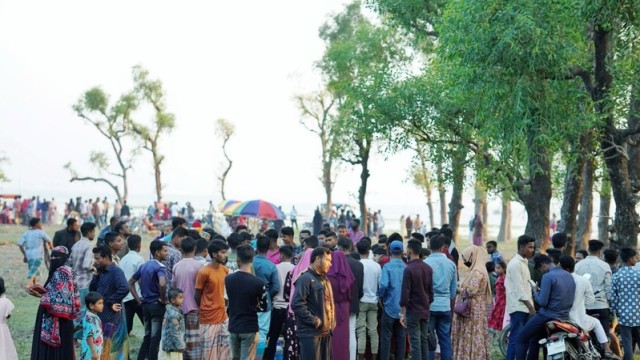
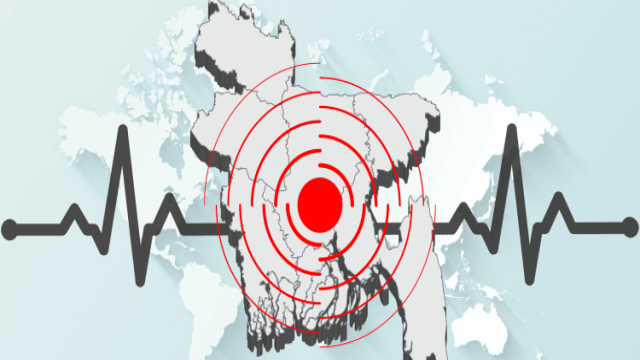
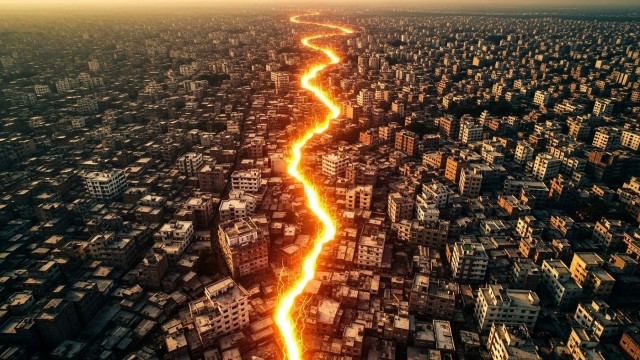
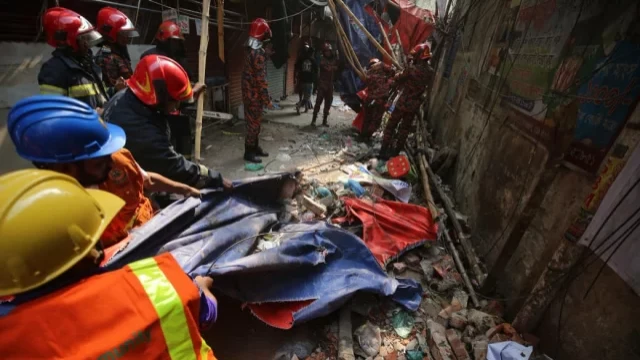
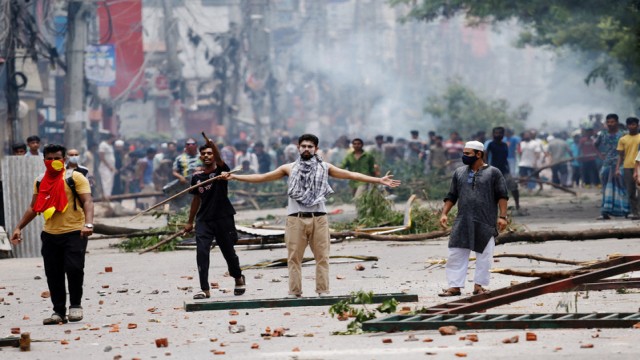
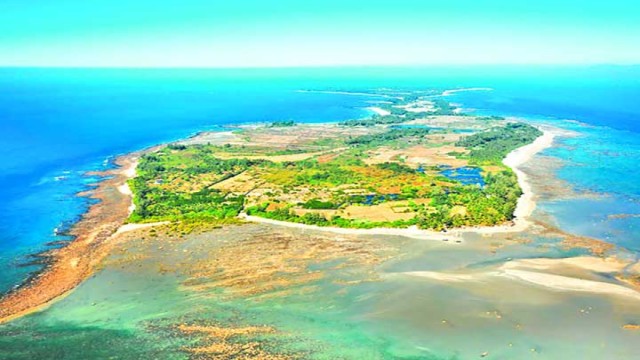
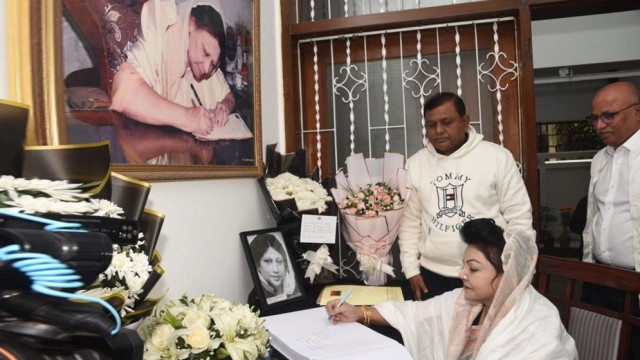
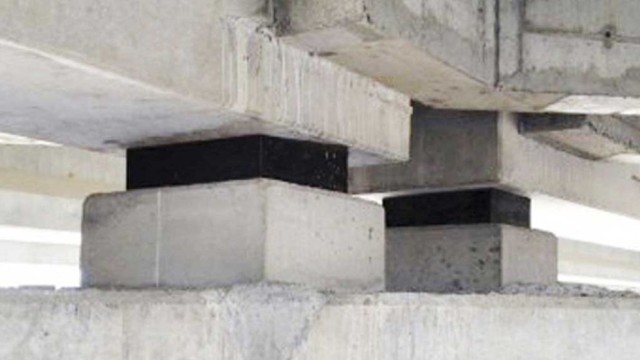
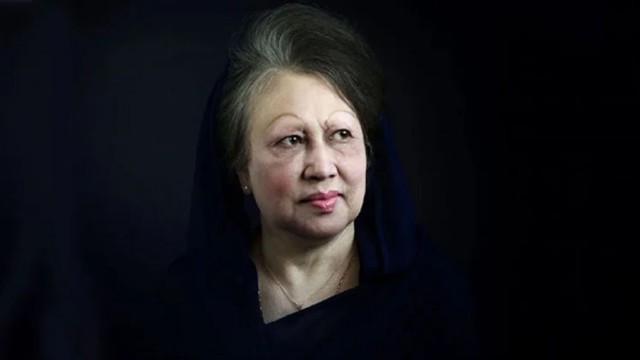
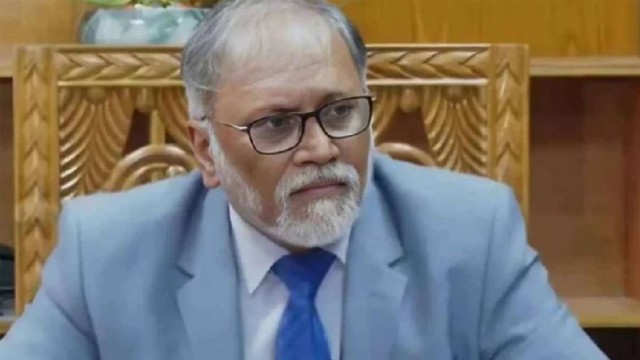
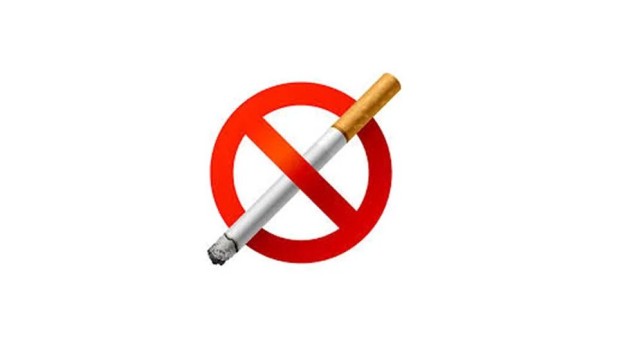

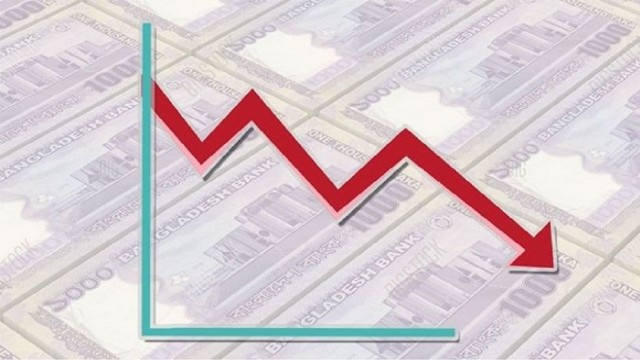
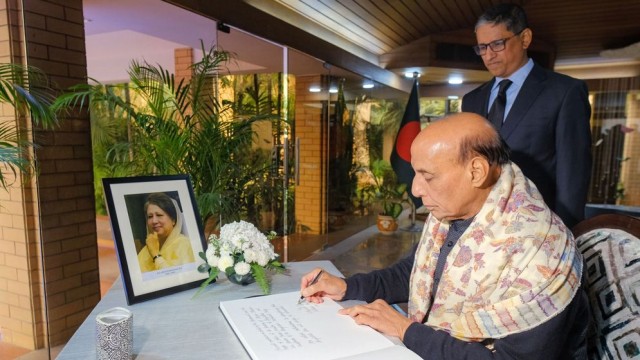
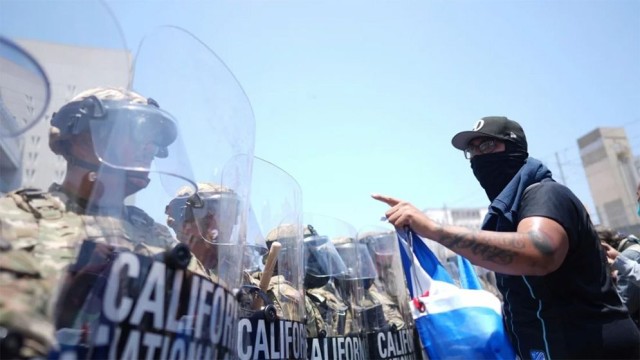
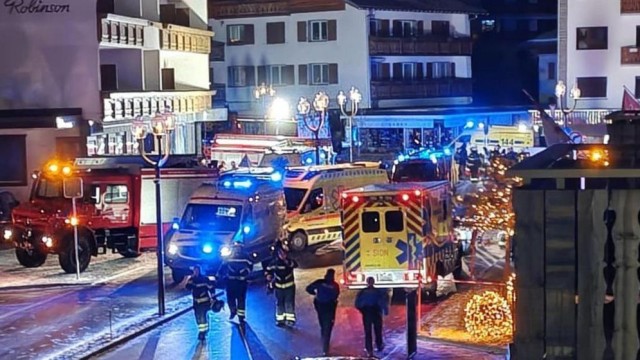

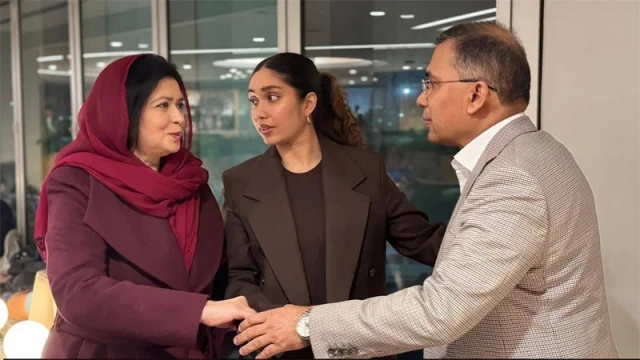
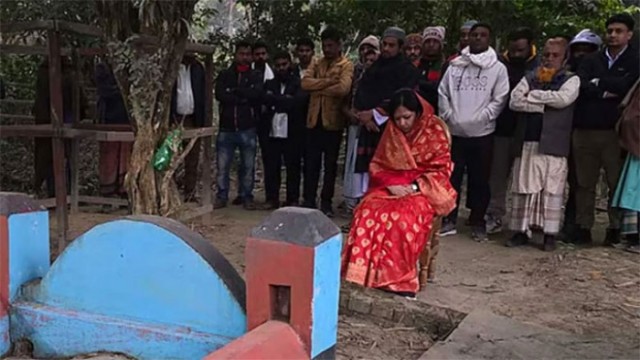
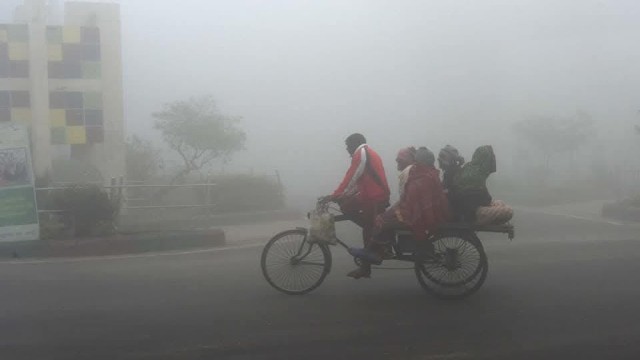
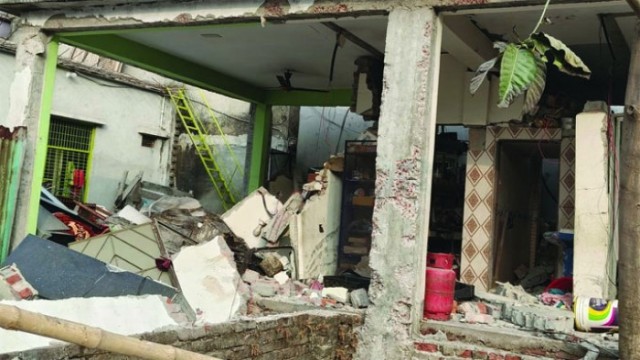
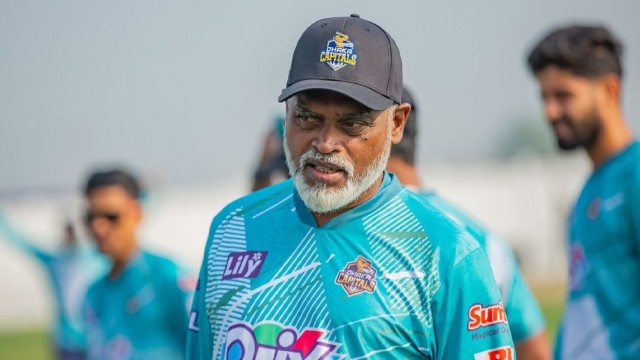
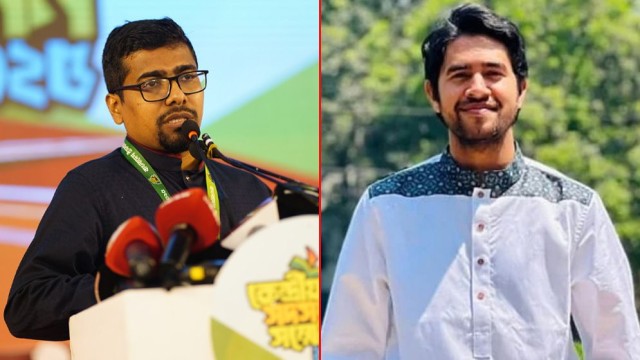
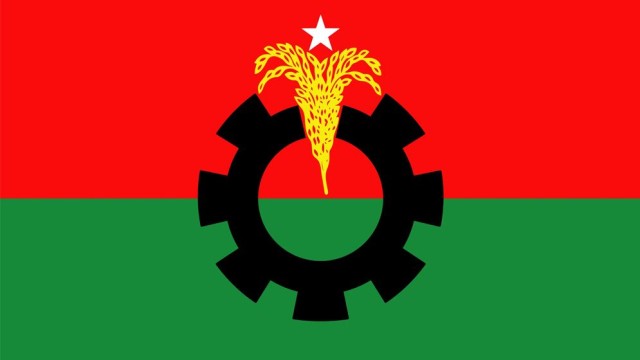
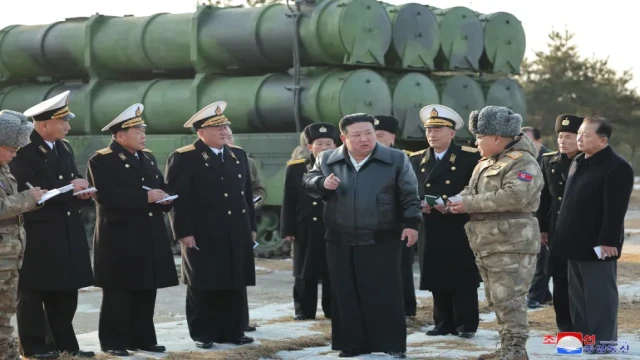
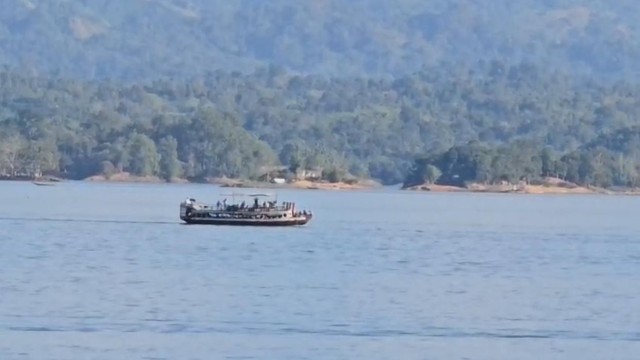
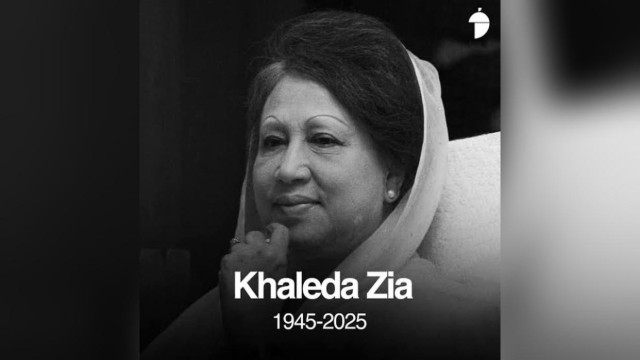
Comment: